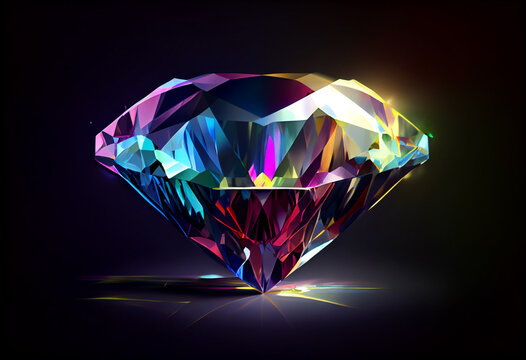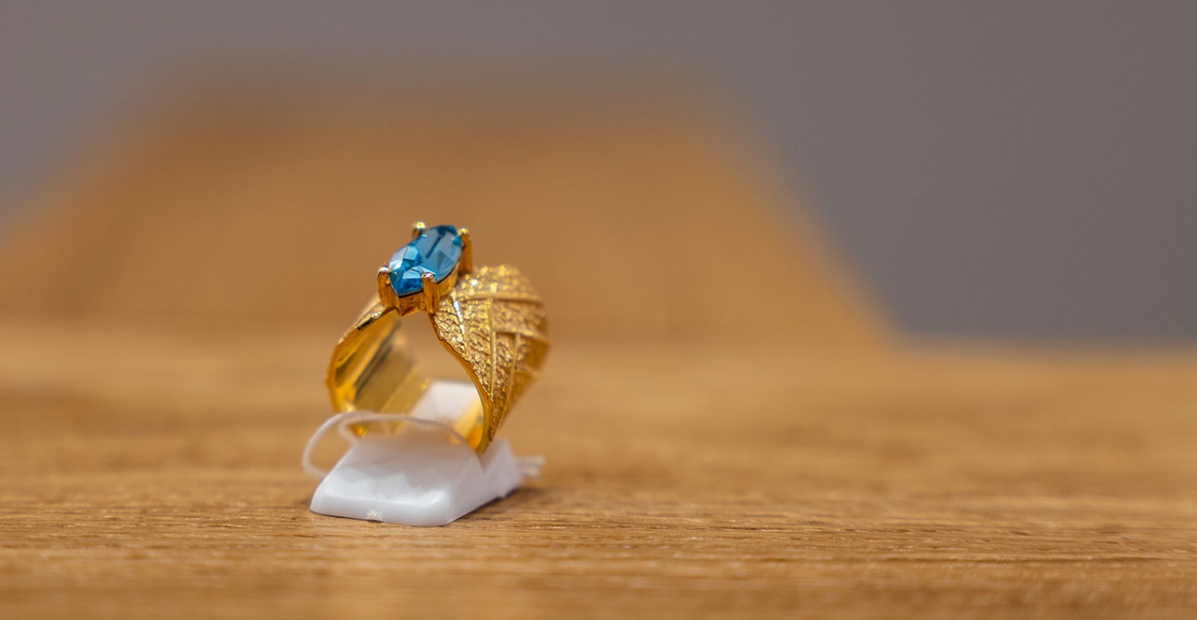Claws for Lab Diamond Rings: Their Importance and Benefits

When it comes to lab diamond rings, the setting is as important as the stone itself. One of the most significant aspects of the setting is the claws for lab diamond rings. These claws, also known as prongs, play a vital role in securing the diamond in place while also enhancing the overall look of the ring. In this article, we will explore the importance of claws for lab diamond rings, the different types of claws, and why they are a crucial consideration when selecting the perfect lab-grown diamond ring.
What Are Claws for Lab Diamond Rings?
Claws for lab diamond rings are small metal prongs that extend from the band of the ring to hold the diamond securely in place. These claws are designed to grip the diamond and prevent it from becoming loose or falling out. They are commonly used in many types of engagement rings and other diamond jewelry, and they are an essential component for any lab-grown diamond ring. The primary purpose of claws for lab diamond rings is to ensure the stone is safely secured while allowing maximum light to pass through the diamond, highlighting its brilliance.
When selecting a lab diamond ring, the design and quality of the claws are as important as the diamond itself. Claws help maintain the integrity of the ring while providing an aesthetic appeal. As the lab-grown diamond market continues to grow, the importance of understanding how to choose the right claws for lab diamond rings becomes increasingly important.
The Function of Claws for Lab Diamond Rings
The function of claws for lab diamond rings is twofold: security and beauty. They secure the diamond in place, preventing it from becoming dislodged during everyday wear. Without these prongs, the diamond would be vulnerable to damage or loss. At the same time, the claws allow light to pass freely through the diamond, enhancing its sparkle and brilliance. The way the claws are designed can influence how the light interacts with the diamond, making the stone appear even more radiant.
The placement and number of claws for lab diamond rings also affect the overall look of the ring. The most common claw settings include four, six, or even eight prongs. Four prongs are often used for a more contemporary, minimalist look, while six or eight prongs provide extra security, ensuring that the diamond is held firmly in place. The type of setting chosen for the claws for lab diamond rings will depend on the wearer’s style preferences and the size and shape of the diamond.
Types of Claws for Lab Diamond Rings
When selecting claws for lab diamond rings, it’s essential to understand the different types of prong settings available. Each type offers its own advantages, depending on the desired aesthetic and level of security. Some of the most popular types of prongs used in lab diamond rings include:
-
Round Claws: These prongs are circular and provide a classic look. They are often used in traditional engagement rings and are the most common type of prong. The round shape of these prongs allows for an even distribution of pressure on the diamond, offering a balance of security and style.
-
V-Claws: V-shaped claws are used for more intricate or vintage-inspired designs. The V-shape creates a more delicate, secure hold on the diamond, making it a popular choice for people who want both security and a unique design.
-
Flat Claws: Flat prongs are often used in more modern and contemporary designs. These prongs are wider than traditional round claws, offering a sleek look while still providing ample security for the diamond.
-
Cathedral Claws: In cathedral settings, the claws for lab diamond rings are positioned in such a way that they resemble the arches of a cathedral. This setting is often used to create a more dramatic and elevated effect, allowing the diamond to sit higher on the band and catch more light.
-
Bezel Setting: While not technically prongs, the bezel setting encircles the diamond with a metal rim, securing the stone in place. This setting offers maximum protection for the diamond while maintaining a sleek and modern appearance.
Each type of prong setting serves a specific purpose, and the choice will depend on the wearer’s personal style, the shape of the diamond, and how much security they desire.
Why Choose Claws for Lab Diamond Rings?
The choice of claws for lab diamond rings is important for several reasons. Firstly, the prongs play a crucial role in keeping the diamond securely in place, preventing it from being damaged or lost. Since diamonds are valuable, it is essential to ensure that they are protected from accidents or rough wear. Claws for lab diamond rings provide the stability necessary for the diamond to stay intact over time.
Secondly, the claws are designed to maximize the beauty of the diamond. By lifting the stone off the band and leaving more of the diamond exposed, prongs allow light to pass through the stone from all angles. This enhances the diamond’s brilliance, making it appear even more sparkling and radiant. Whether you have a round, princess, or cushion cut lab-grown diamond, the claws for lab diamond rings will help to showcase the diamond’s natural beauty.
Lastly, choosing the right claws for lab diamond rings can also impact the overall design and aesthetic of the ring. The prongs can add an extra touch of elegance, vintage charm, or modern sophistication, depending on the setting. The design of the claws can complement the diamond’s cut and size, helping to create a balanced and visually appealing piece of jewelry.
The Durability of Claws for Lab Diamond Rings
While claws for lab diamond rings are designed to be durable, it’s important to understand that over time, the claws may wear down due to regular use. If the claws are not properly maintained, they may become bent or weakened, which could lead to the diamond becoming loose or dislodged. Regular checks by a professional jeweler can help ensure that the prongs remain in good condition and continue to securely hold the diamond in place.
Choosing high-quality metal for the prongs is another way to ensure the longevity of the setting. Popular metals for claws for lab diamond rings include platinum, white gold, and yellow gold. Platinum is particularly known for its durability and resistance to wear, making it a great option for securing valuable man made diamonds.
Conclusion: Claws for Lab Diamond Rings Matter
In conclusion, claws for lab diamond rings are a critical component in both securing the diamond and enhancing its visual appeal. The right prongs can ensure that the diamond stays securely in place, while also allowing light to pass through the stone to maximize its brilliance. With various types of prongs available, it’s essential to choose the ones that suit your style and offer the necessary security for your lab-grown diamond.
By understanding the role of claws and choosing the right setting, you can ensure that your lab diamond ring remains beautiful, secure, and long-lasting. Whether you prefer a classic round prong, a sleek bezel setting, or a vintage-inspired cathedral claw design, the claws you choose will play an essential role in the overall aesthetic and durability of your lab-grown diamond ring.





